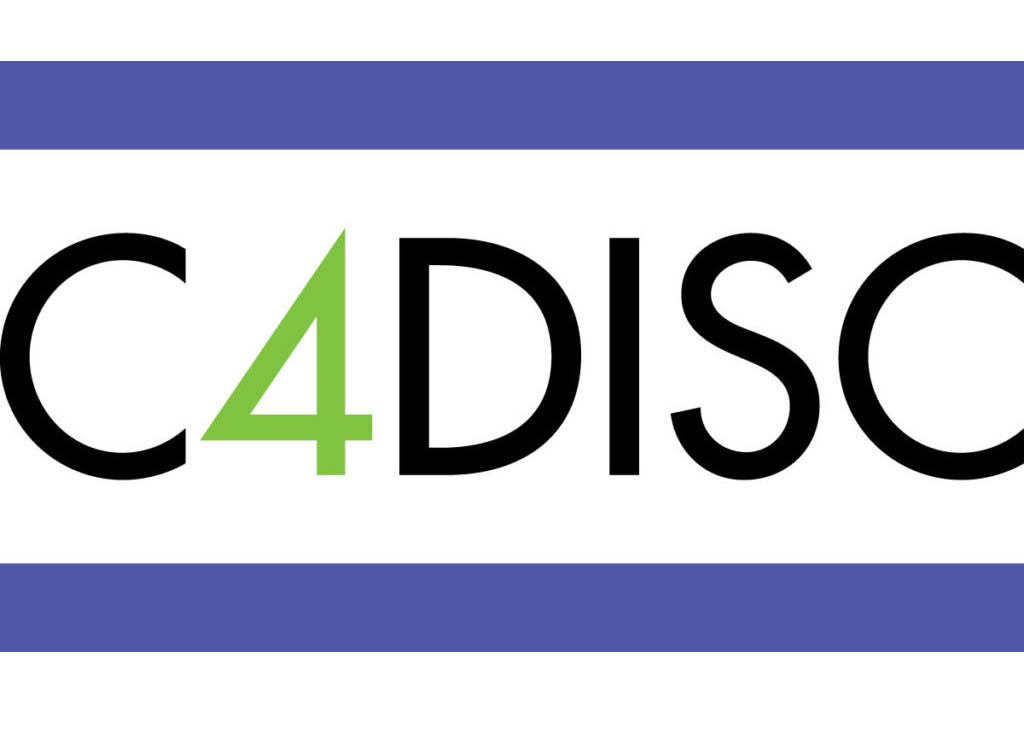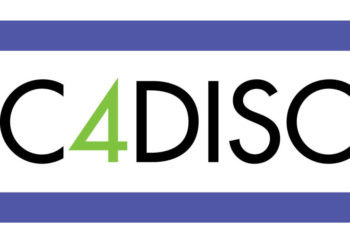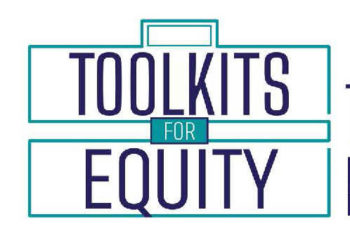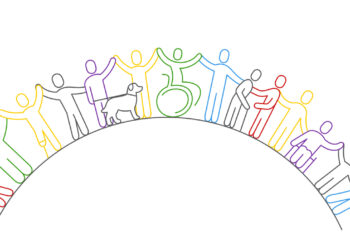Editor’s Note: Today’s post is by Sabrina J. Ashwell and Jenny Peng. Sabrina was a member of the research and writing team for the Guidelines on Inclusive Language and Images in Scholarly Communication and is senior copyeditor for Chemical & Engineering News at the American Chemical Society, where she also leads work on the ACS Inclusivity Style Guide. Jenny was project co-lead for the Guidelines on Inclusive Language and Images in Scholarly Communication. She is a senior publisher on Oxford University Press’s open access team and is part of the OUP Diversity, Equity, Inclusivity, and Accessibility (DEI&A) journals project working group.
One of the questions we’re frequently asked when presenting on issues around diversity, equity, inclusion, and accessibility (DEIA) is Where do I begin? In an effort to help with those initial steps, Coalition for Diversity and Inclusion in Scholarly Communications (C4DISC) volunteers took on the important work of creating a number of resources to help organizations and individuals on their journey to question and dismantle systems and policies that can perpetuate bias within our industry.
We say journey because there isn’t a single solution or end point that will fully address or solve issues of DEIA in scholarly publishing and communication. Rather, we need to continually educate ourselves and take necessary steps — small as they might be initially — to ensure that the culture of our organizations and the content of our publications are inclusive.
We recently added two new resources to the C4DISC Toolkits for Equity, joining the existing Antiracism Toolkit for Organizations and Antiracism Toolkit for Allies, as well as the forthcoming Toolkit for Disability Equity in the Scholarly Communications Industry:
- The Antiracism Toolkit for Black, Indigenous, and People of Color
- The Guidelines on Inclusive Language and Images in Scholarly Communication
Both resources are meant to be documents that will evolve over time, as DEIA issues also evolve within our community — in the way we use language and images as well as in the way communities come together to address bias and barriers experienced by Black, Indigenous, and People of Color (BIPOC) colleagues. We hope these resources will spark conversation and action on creating a more welcoming scholarly communication environment.
In Part 1 of this blog series, Sabrina J. Ashwell will introduce how community members can engage with the Guidelines on Inclusive Language and Images in Scholarly Communication. In Part 2, Kerry Webb describes how the Antiracism Toolkit for Black, Indigenous, and People of Color intends to be an informational support system for BIPOC in, or interested in, the scholarly publishing industry.

Guidelines on Inclusive Language and Images in Scholarly Communication
This guide, created by over 30 professionals from around the world, provides recommendations on how to use words and images that promote inclusion. Here are some ways you can incorporate inclusive language and images in your work and tips for suggesting changes to exclusionary content.
Examples of how to use inclusive language and images in your work
- Brainstorm inclusive communication. You don’t have to be an expert on inclusive communication to promote using it, and you don’t need a perfect solution before pointing out a problem. Invite coworkers to brainstorm inclusive language and images for an upcoming article, poster, or event. For example, “Hey team! I know we’ve typically recognized all the ‘moms and dads’ in the audience, but I’m wondering if that feels exclusionary to people who are nonbinary. Do you think ‘parents’ would work instead, or is there other wording people think would be better”?
- Celebrate language and images that make you feel welcome. Inclusive communication isn’t just about fixing mistakes. It’s also about celebrating successes — when something made you feel that you belonged. You could promote an article that uses inclusive language or give direct feedback, like, “Thank you for changing the sign from ‘mothers’ room’ to ‘lactation room.’ ”
- Link to the guide. Sharing what you’ve learned by linking to C4DISC’s guide can help make more people aware of inclusive communication principles. For example, a peer reviewer might write, “I noticed your use of the term ‘blacklist’ in this article. I’ve read that alternatives like ‘block list’ are more inclusive because they avoid associating blackness with something negative. Are you open to changing your wording?”
- Share other resources about inclusive communication. You don’t have to have a formal venue like a book club for sharing resources — you can simply email a group of colleagues or post a suggested article in a group chat. Raising inclusive communication outside an editing context may encourage people to engage with the topic and become curious about incorporating it in their work. You can start with the Resources section of C4DISC’s guide as well as the sources listed in each chapter.
- Make space for sharing pronouns. Adding pronouns after your username on Zoom, Slack, or another workplace tool as well as on name badges at events and in your email signature can help normalize the sharing of pronouns and show that pronouns can’t be assumed.
- Update email templates. Do you use email templates for journal authors, editors, peer reviewers, or others? Review them for inclusive language, such as the use of gender-neutral terms.
Tips for wording suggestions about inclusive language and images
Whether you’re writing formal queries for authors or following up with a colleague about something they said at a meeting, using the right approach can make the difference between a positive and defensive response. The specific words you use should depend on the context, but in all cases, approach the person with compassion and the aim of educating, not shaming or blaming. Have suggestions to add to this list? Let us know in the Comments! And for more recommendations on wording queries for authors, see the Conscious Language Toolkit for Editors by Crystal Shelley.
- Assume good intent. Creative endeavors like writing and illustrating are intensely personal, and people may initially react defensively if they’re told that something they made is offensive. To show humility and compassion, start by recognizing that the current language or image was likely not intended to be harmful. For example, “I know this wasn’t your intent, but some readers might interpret this as implying that this group is inferior. Consider this alternative instead.” Another option is to acknowledge that certain wording is common. To be relatable, you might even share that you used to use certain wording before you learned why it’s problematic. For example, “Although many people use disability as a metaphor for something bad, that usage reinforces stereotypes about people with disabilities. C4DISC’s guide on inclusive language recommends using more straightforward language instead. Would [suggested alternative] work as a solution here?”
- Acknowledge a common goal. Changing language and images should be about achieving a desired goal with the audience, not what you personally want. Saying things like “I think this could send the wrong message to many readers” or “Many of our viewers might be put off by this” can establish a common goal of making an effective product.
- Offer a brief explanation. People may be more open to changing their wording or images when they understand what is problematic. A sentence or two can suffice. For example, “Ordering groups from biggest to largest may seem to enforce ideas about social dominance or what the ‘default’ group is.”
- Appeal to an authoritative source. Pointing out that major style guides recommend certain wording and linking to those guides can give your comment the credibility needed to persuade people to use more inclusive communication. C4DISC’s guide is just one example — many other guidelines are listed in the Resources section. For example, “I recommend capitalizing Black in keeping with Associated Press style, The Chicago Manual of Style, American Psychological Association style, and American Medical Association style.”
- Offer alternatives. Pointing out problematic language or images without offering solutions is unlikely to lead to change. Instead, offer several alternatives.
- Make yourself available for follow-up. Choosing the most inclusive language and images is usually a matter of context — the type of content (e.g., a journal article, blog post, video), the audience, and the goal. Offering to chat about the most appropriate alternative for the given context signals the importance of the change and shows that you’re willing to be flexible.
Example templates for suggesting a change to wording or images
“Readers might take [problematic language] to mean [something unintended] because [brief reason, with a link to a source]. The Coalition for Diversity and Inclusion in Scholarly Communications’ guide on inclusive communicationrecommends using [inclusive language alternative] or [inclusive language alternative] instead. Would that work? I’m open to discussing other solutions too!”
“[Problems in image] can be problematic because [brief reason, with a link to a source]. Some alternatives that might more effectively get your message across include [inclusive image alternative] and [inclusive image alternative]. Which one do you think would work best for our audience? I’m happy to discuss this more if you’d like!”
Give yourself grace
Just as important as giving feedback on inclusive communication is learning how to receive feedback. Because language is ever-evolving, it can be difficult to know what the most appropriate words are. That doesn’t mean you shouldn’t try. Give yourself the grace to make mistakes and view constructive feedback as an opportunity to learn and improve. And when you make a mistake, apologize with humility, and work to make it right the next time.
The Guidelines will be updated annually or more frequently as needed. We have already received excellent feedback on the Guidelines and other resources and continue to welcome your questions and suggestions at C4DISC@gmail.com.


